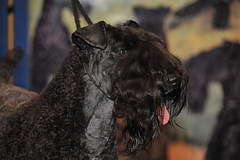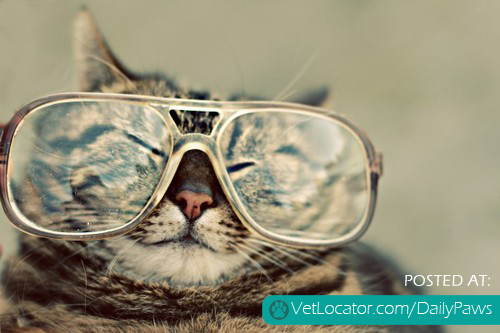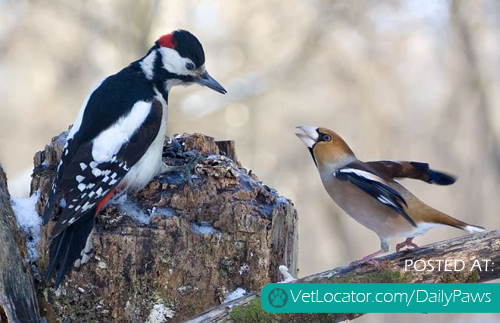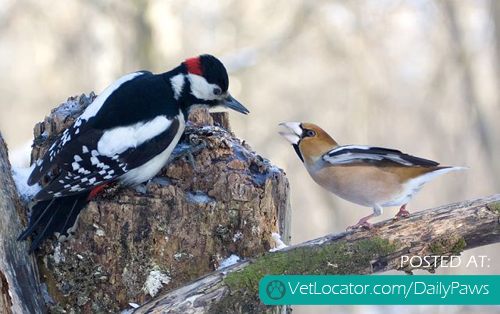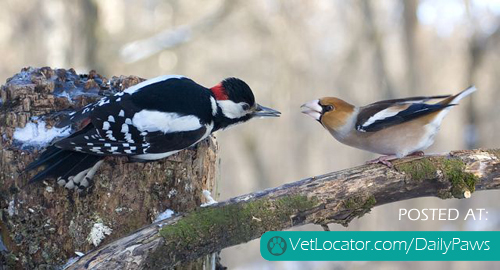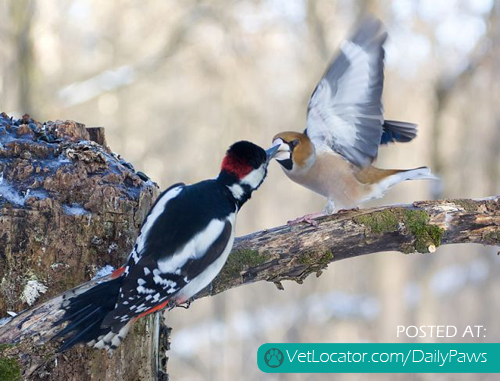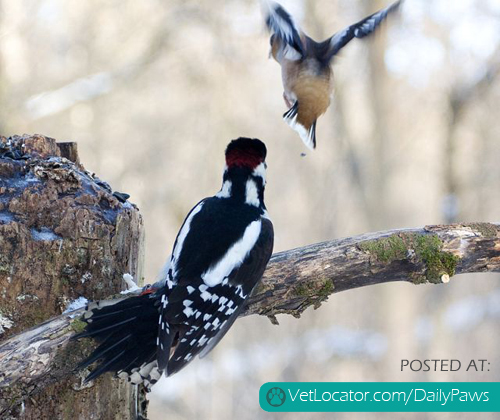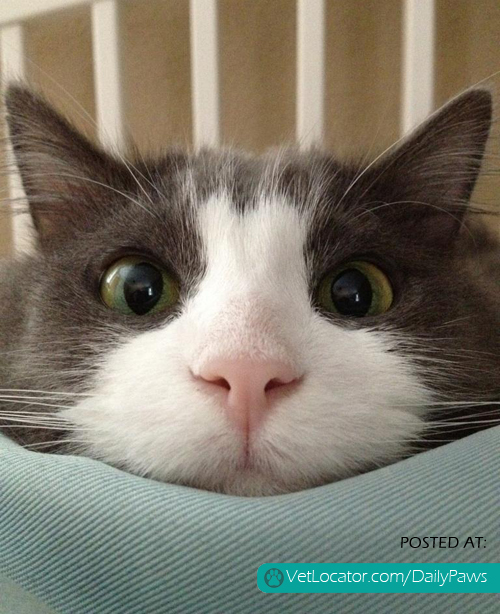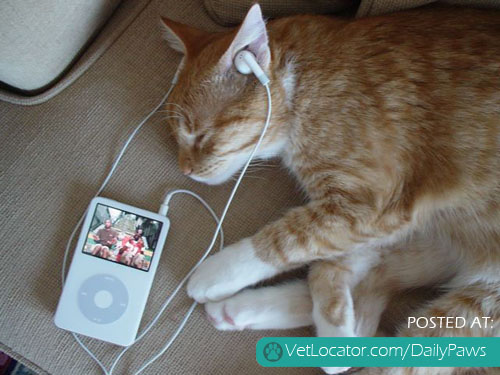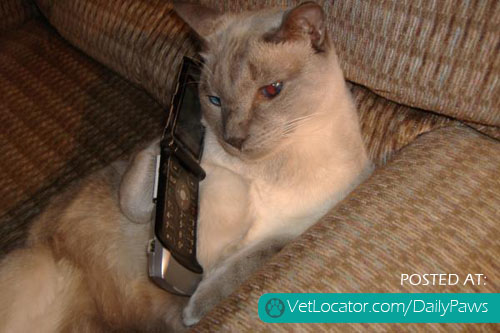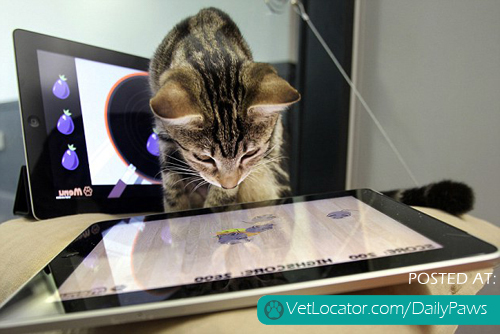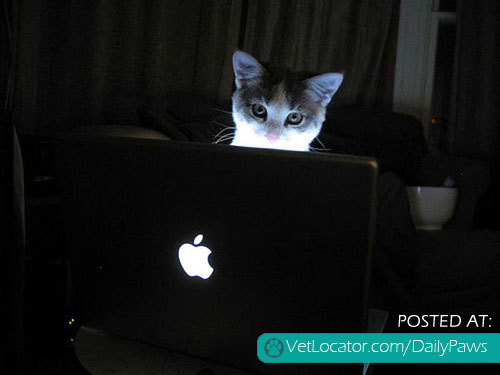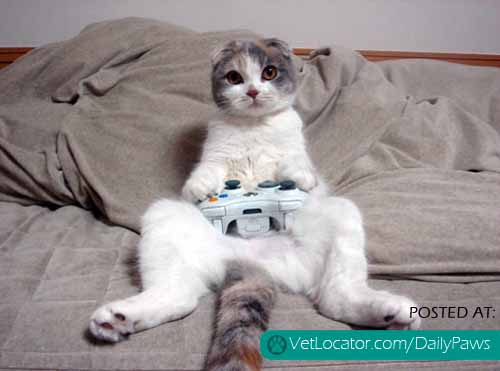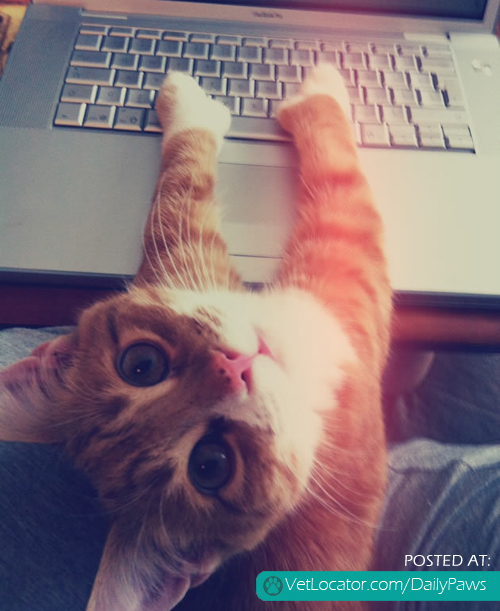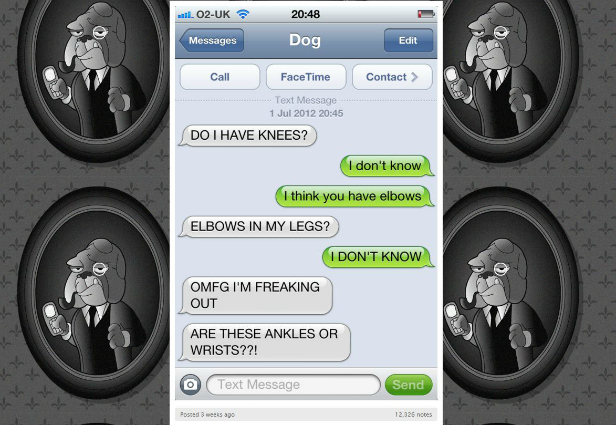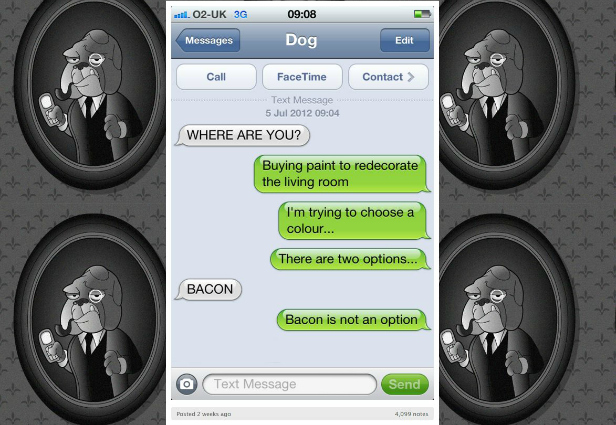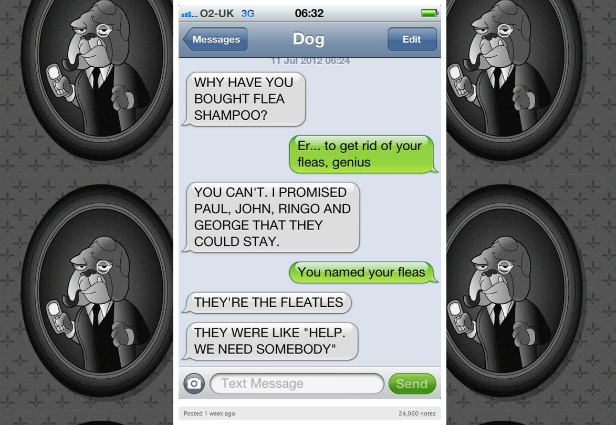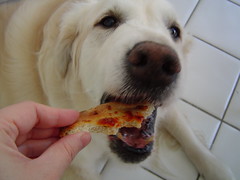How many times have you heard a pet owner wish he had bought pet health insurance?
Statistics show that people are willing to foot the growing medical bills for their beloved pets, making the need for pet health insurance a real concern. Advances in pet health care can leave owners with big veterinary bills. Pet health care insurance is now affordable and available for dogs, cats and exotics.
If you would not think of being without insurance for yourself and your family, that should include your pet companion as well. Pet insurance is not as expensive as human insurance and might come in handy.
Pet health care insurance is similar to human health insurance. Like all insurance, you hope you never use it. Pet health care insurance will pay or reimburse for veterinary services that are covered under the plan. Medical treatments and technologies used for humans are now being used for pets.
If your pet needs an emergency surgery, it would be nice to know that cost is not a factor, and you won’t have to pay for everything on your own. The insurance is just sensible.
Purchase insurance coverage ideally when your pet is still young before pre-existing conditions develop. You can enroll as young as eight weeks. Some plans only allow enrollment up to age 10 for cats and age 8 for dogs (age 6 for some breeds). Once enrolled, your pet may stay in the plan for the rest of its life.
Because of their natural adventurousness and high activity level, very young pets are famous for getting hurt and needing emergency care.
There are many pet insurance companies to choose from, and many different plans available. Read the fine print. Some companies have veterinarians that belong to their network. Under those particular policies, you pay a co-payment up front and the insurance company pays for the covered services. The downside is you have to find a veterinarian that is in the pet health care insurance “network.” Each policy is different and there is no one plan that fits everyone’s needs.
Services covered under many policies include spay surgery, neuter surgery, annual vaccinations, flea preventative, annual heartworm preventative, heartworm test, annual dental cleanings, accidents, illnesses, cancer, x-rays, and surgeries. In many cases, pet health care insurance will cover even more in maintaining the wellness of your loved pet. Your coverage may also include prescription foods, boarding, euthanasia, accidental death, recovery of lost pets, and micro-chip identification. Pet health insurance can prove to be invaluable.
Additional facts to consider when enrolling.
Are pre-existing conditions covered, and what constitutes a pre-existing condition? If a pre-existing condition is covered, what are the deductibles? Does the pet health insurance policy you are interested in cover prescription costs? Will my premium go up over time, as I file claims, or my pet gets older? Does the plan cover chronic or recurring conditions? What are the financial limits of coverage? How are they applied? Do you have more than one pet that could benefit from insurance coverage and are there multi-pet discounts available? Does your particular policy require monthly or annual payments? Talk to your veterinarian about your pet’s health and question the insurance companies about the limits of the pet health insurance coverage before purchasing a particular plan.
The right insurance plan requires some homework. We’ve brought you the best.
